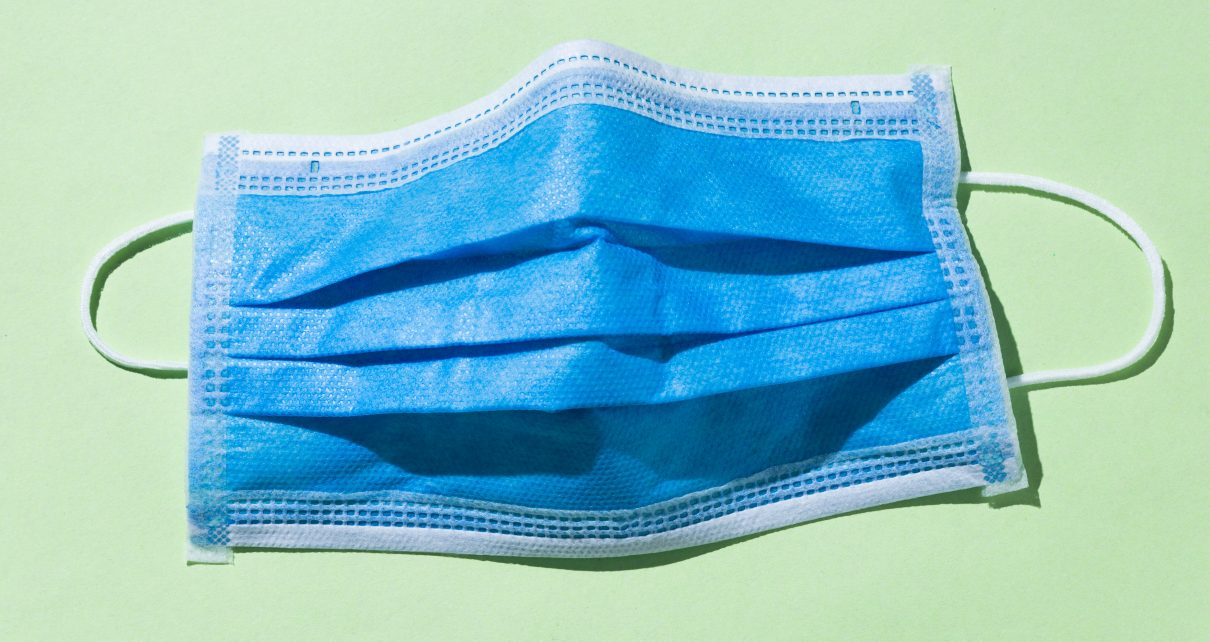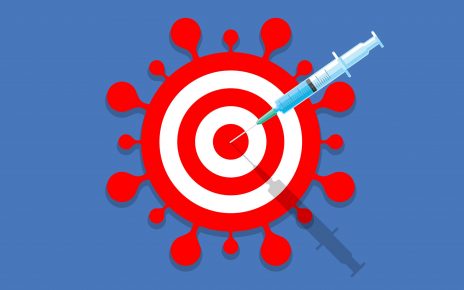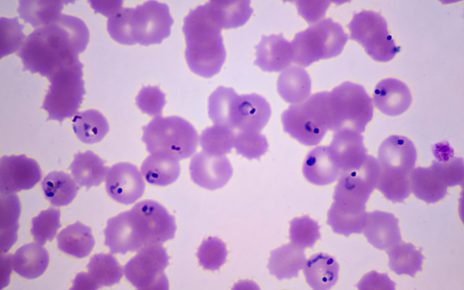With medical supplies in high demand, federal authorities say health workers can wear surgical masks for protection while treating COVID-19 patients—but growing evidence suggests the practice is putting workers in jeopardy.
The Centers for Disease Control and Prevention recently said lower-grade surgical masks are “an acceptable alternative” to N95 masks unless workers are performing an intubation or another procedure on a COVID patient that could unleash a high volume of virus particles.
But scholars, nonprofit leaders and former regulators in the specialized field of occupational safety say relying on surgical masks—which are considerably less protective than N95 respirators—is almost certainly fueling illness among front-line health workers, who likely make up about 11% of all known COVID-19 cases.
“There’s no doubt in my mind that that’s one of the reasons that so many health care workers are getting sick and many are dying,” said Jonathan Rosen, a health and safety expert who advises unions, states and the federal government.
As of April 23, more than 21,800 health care workers had gotten the coronavirus and 71 had died, according to a House Education and Labor Committee staffer briefed by the CDC.
The CDC’s advice contrasts with another CDC webpage that says a surgical mask does “NOT provide the wearer with a reliable level of protection from inhaling smaller airborne particles and is not considered respiratory protection.”
Put simply, in worker safety, “a surgical mask is not PPE,” or personal protective equipment, said Amber Mitchell, president and executive director of the International Safety Center and immediate past chair of the occupational health and safety section of the American Public Health Association.
The allowance for surgical masks made more sense when scientists initially thought the virus was spread by large droplets. But a growing body of research shows it’s spread by minuscule viral particles that can linger in the air as long as 16 hours.
A properly fitted N95 will block 95% of tiny air particles—down to three-tenths of a micron in diameter, which is the hardest to catch—from reaching the wearer’s face. But surgical masks, designed to protect patients from a surgeon’s respiratory droplets, aren’t effective at blocking particles smaller than 100 microns, according to mask maker 3M Corp.
A COVID-19 particle is about 1 to 4 microns, according to recent research.
Research from early April, examining two hospitals in South Korea, found surgical masks “seem to be ineffective in preventing the dissemination” of coronavirus particles. A 2013 Chinese study found that twice as many health workers, 17%, got a respiratory illness if they wore a surgical mask treating sick patients, compared with 7% of those who continuously used an N95, per the American Journal of Respiratory and Critical Care Medicine.
“My personal opinion would be, since there’s evidence of aerosol transmission, [at least] an N95 should be used for direct care of suspect or COVID-confirmed patients,” said Dr. Robert Harrison, a physician and professor at the University of California-San Francisco medical school who founded UCSF Occupational Health Services.
In an emailed statement, the CDC suggested that its guidance is meant to conserve scarce resources and applies primarily to shortage situations.
Surgical masks should be used when N95s “are so limited that routinely practiced standards of care … are no longer possible,” said Martha Sharan, an agency spokesperson. “N95 respirators beyond their manufacture-designated shelf life, when available, are preferable to use of facemasks.”
Yet many health facilities—citing the CDC guidelines and scarce supply—are providing N95s in only limited medical settings.
Earlier this month, the national Teamsters union reported that 64% of its health care worker membership—which includes people working in nursing homes, hospitals and other medical facilities—could not get N95 masks.
At Michigan Medicine, the University of Michigan’s medical center, employees don’t get N95s except for performing specific procedures on COVID-positive patients—such as intubation or a bronchoscopy—or treating them in the intensive care unit, said Katie Scott, a registered nurse at the hospital and vice president of the Michigan Nurses Association. Employees who otherwise treat COVID-19 patients receive surgical masks.
That matches CDC protocol but leaves nurses like Scott—who has read the research on surgical masks versus N95s—feeling exposed.
“We are at a risk of getting this virus, and we are at a risk of bringing it home to our families,” Scott said. “It’s clear these surgical mask guidelines aren’t working.”
Nearly 3,000 health workers in the Detroit area—which includes Ann Arbor, the home of Michigan Medicine—have suspected or confirmed COVID-19 infections, according to recent news reports.
At Michigan Medicine, employees cannot bring in their own protective equipment, according to a complaint the nurses union filed with the Michigan Occupational Safety and Health Administration. Scott has PPE that her friends and family have mailed her, including N95 masks. It sits at home while she cares for patients.
“To think I’m going to work and am leaving this mask at home on my kitchen table because the employer won’t let me wear it,” Scott said. “You feel sacrificial in a way.”
News reports from Kentucky to Florida to California have documented nurses facing retaliation or pressure to step down when they’ve brought their own N95 respirators.
A spokesperson for Michigan Medicine declined to answer questions about the hospital’s protective equipment protocols. The American Hospital Association does not have a stance on letting employees bring their own N95s to work, said Robyn Begley, the trade group’s senior vice president and chief nursing officer.
In New York, the epicenter of the nation’s coronavirus outbreak, nurses across the state report receiving surgical masks, not N95s, to wear when treating COVID-19 patients, according to a court affidavit submitted by Lisa Baum, the lead occupational health and safety representative for the New York State Nurses Association.
“A surgical mask is not a form of PPE. … [If you] cough or sneeze, it catches some of the virus. It does not protect the wearer,” Baum said in an interview with Kaiser Health News.
So far, at least 16 NYSNA members have died from the coronavirus, at least 94 have been hospitalized and more than 1,000 have tested positive, according to union estimates.
National Nurses United has pushed Washington lawmakers to pass legislation that would ramp up production of N95s by compelling the White House to invoke the Defense Production Act, a Korean War-era law that allows the federal government, in an emergency, to direct private business in the production and distribution of goods.
It is also calling on Congress to require that the Occupational Safety and Health Administration put forth an emergency temporary standard to mandate that employers provide health care workers with protective equipment, including N95 masks, when they interact with patients suspected to have COVID-19.
“The employer has a responsibility to protect their employees,” said Amirah Sequeira, the union’s lead legislative advocate. “At the same time, when you have a crisis at this scale, the federal government also has a responsibility to ensure the very increase in purchasing, and, if not purchasing, production.”
The AHA has lobbied against a mandate that would expand use of N95s. Begley acknowledged that “supplies are inadequate” and said heightened global demand makes getting N95s much more difficult.
“If we fail to conserve already limited supplies, there will be no N95s remaining for health care staff performing aerosolizing procedures,” Begley said.
But the failure to get more and better protective gear to health workers could cost more lives, union leaders warned in a recent teleconference about the dangerous conditions workers are facing.
“Nurses are not afraid to care for our patients if we have the right protections,” said Bonnie Castillo, the executive director of National Nurses United, “but we’re not martyrs sacrificing our lives because our government and our employers didn’t do their job.”
This story was originally published by Kaiser Health News on April 28 2020. Read the original story here.
Read more about the coronavirus outbreak here.




